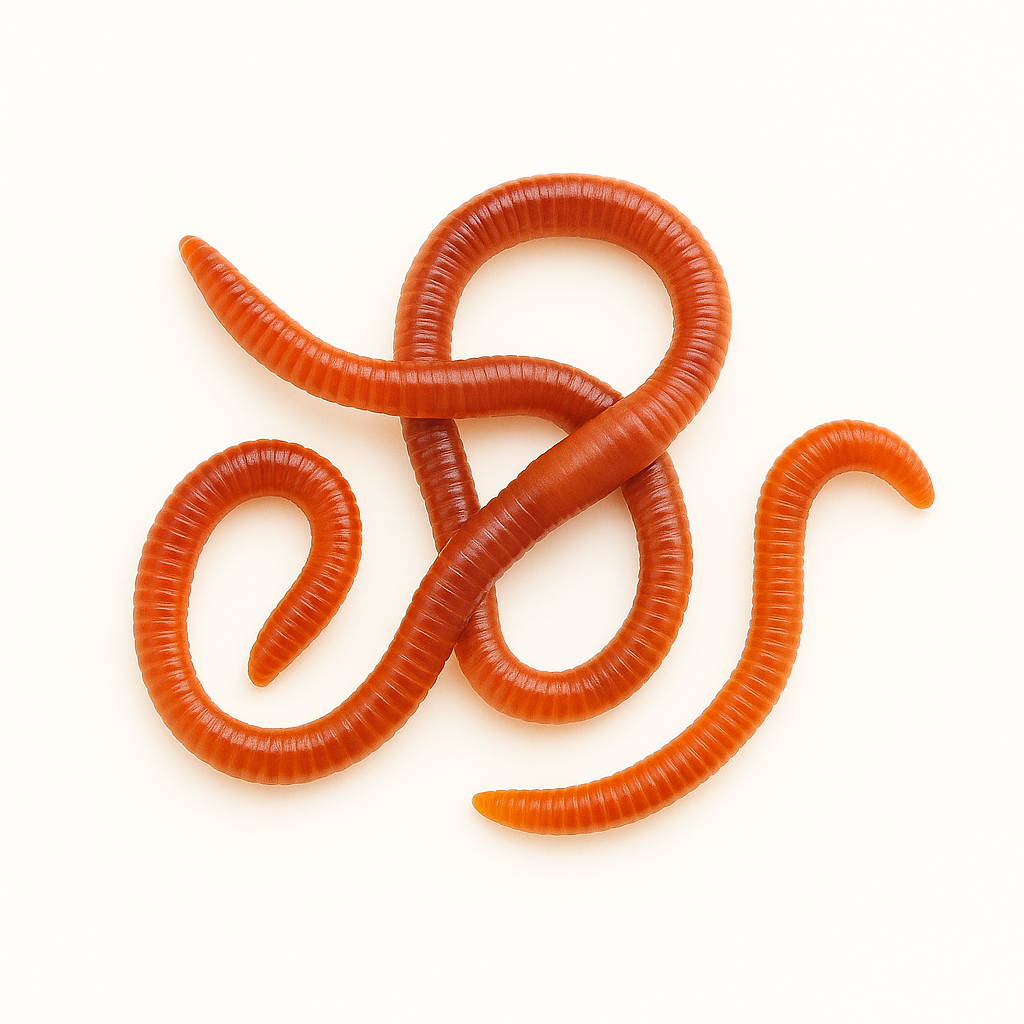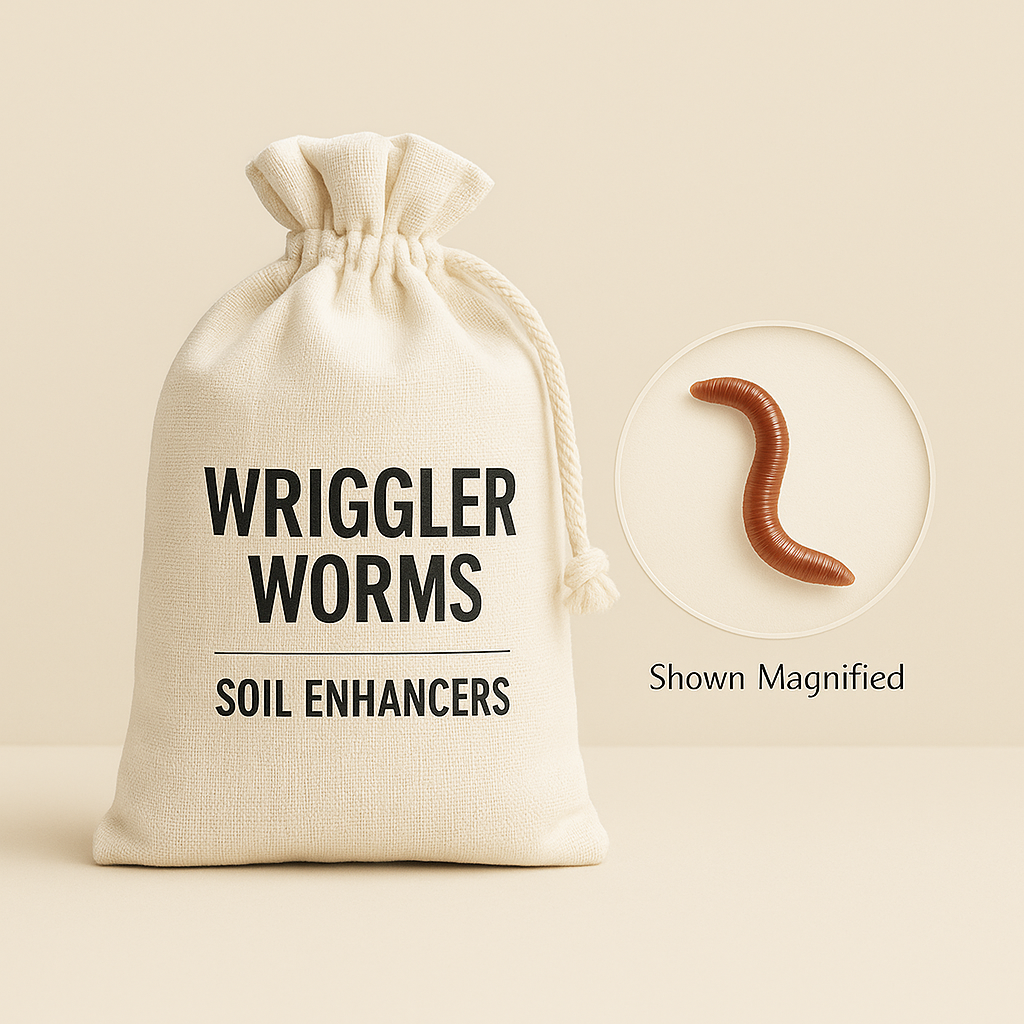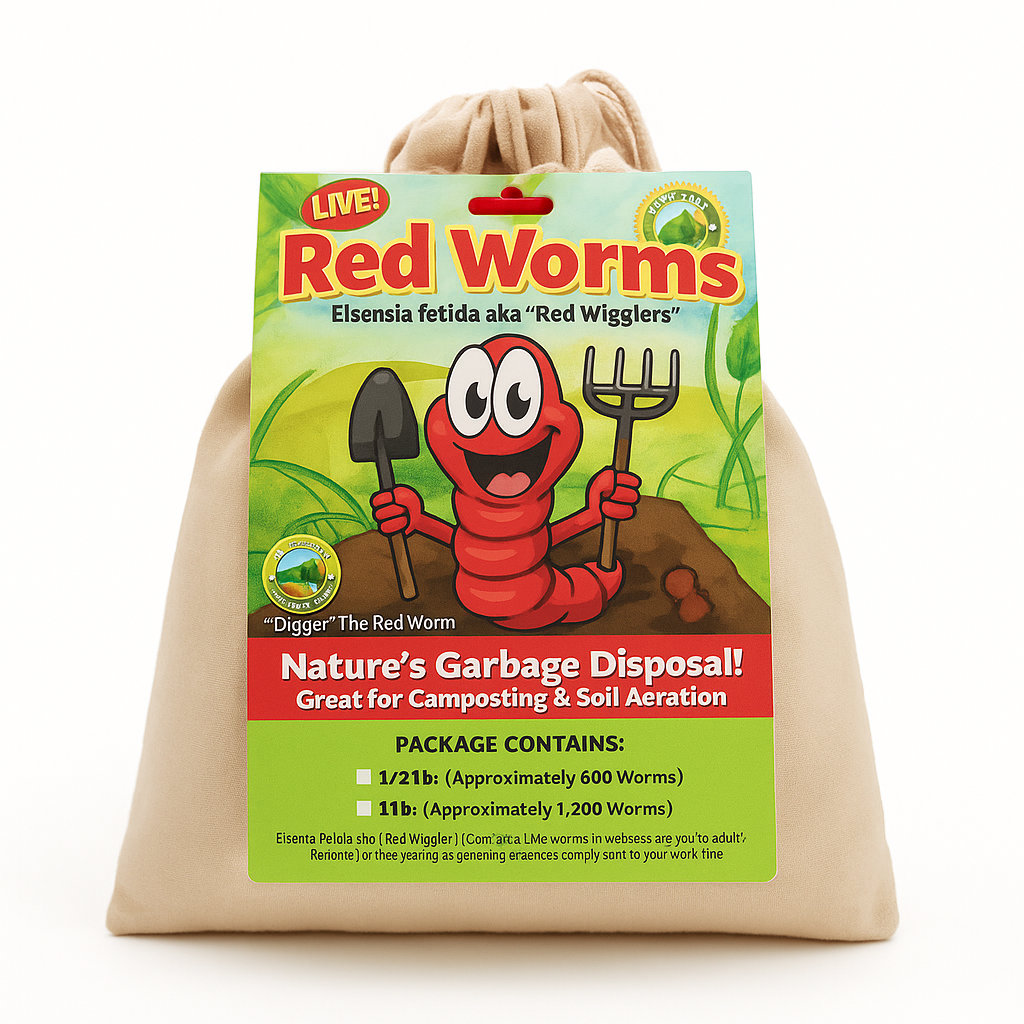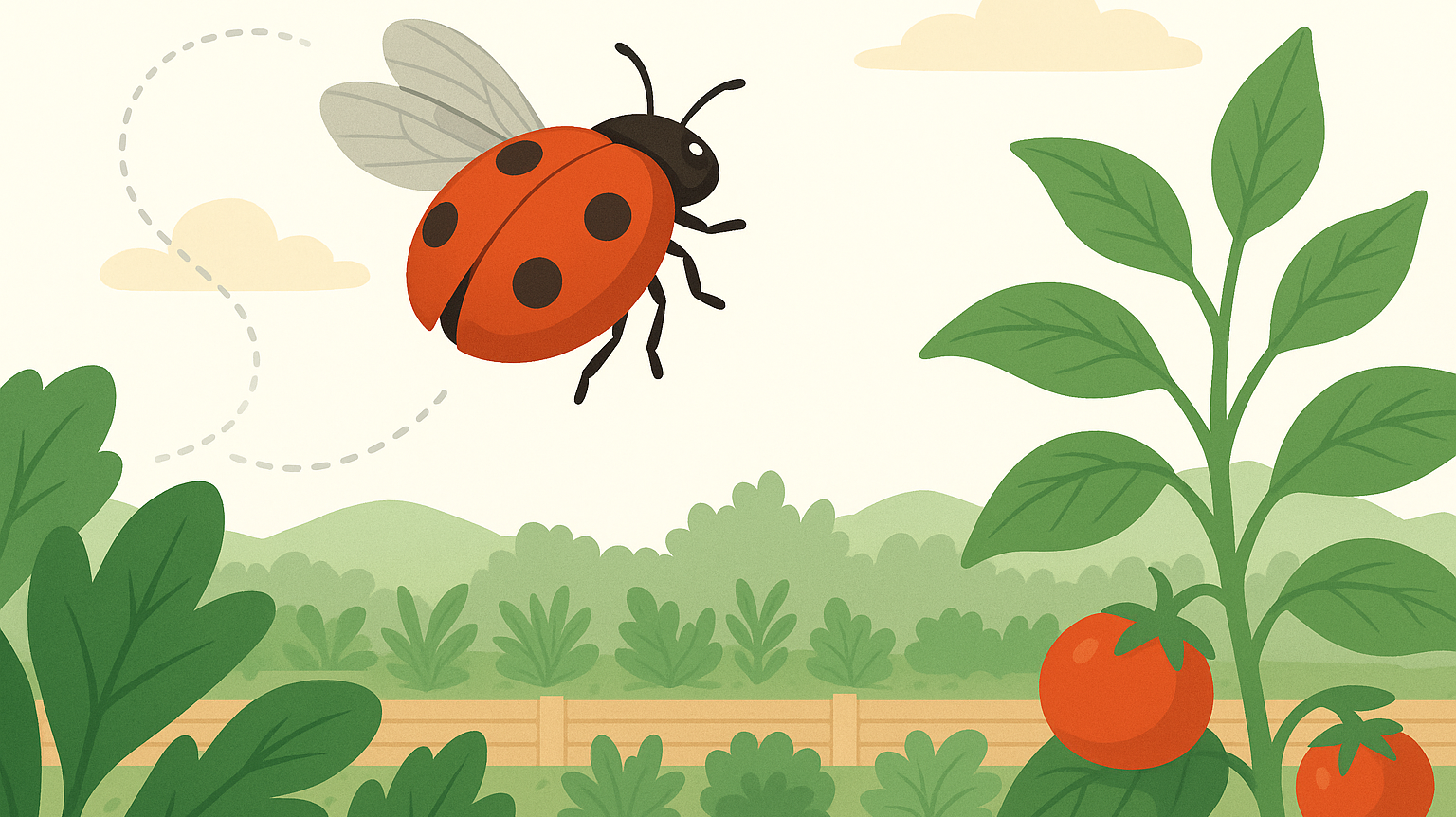Compost Like Nature Intended
Eisenia fetida | Red Wigglers for Vermicomposting and Living Soil
Red wigglers aren’t just worms. They’re surface-dwelling, waste-reducing, castings-producing machines that transform organic matter into biologically active fertilizer. If you're building a compost system, feeding a raised bed, or cultivating living soil, these are the engineers you want underground.
Each Eisenia fetida colony is raised in controlled, optimized conditions and shipped with active bedding to reduce transplant stress. Once in place, these worms work continuously—breaking down waste, cycling nutrients, and improving soil structure from the top down.
Why Red Wigglers?
Unlike deep-burrowing species like Lumbricus terrestris, Eisenia fetida is epigeic—a surface-dwelling worm adapted to thrive in dense, oxygen-rich environments. That makes them perfect for:
-
Indoor or outdoor vermicompost bins
-
Raised garden beds and planter boxes
-
Living soil systems for tropicals and aroids
-
Soil restoration projects or compost-heavy mixes
These worms feed on decomposing plant matter and carbon sources (cardboard, mulch, etc.) and can consume up to half their body weight per day, producing castings packed with:
-
Nitrogen, phosphorus, and potassium
-
Humic acids
-
Plant-available micronutrients
-
Beneficial microbes that enhance nutrient cycling and root uptake
Worm Bin 101: How to Keep Them Thriving
| Parameter | Recommendation |
|---|---|
| Temperature | 55–77°F preferred |
| Moisture | Bedding should feel like a wrung-out sponge (damp, not soggy) |
| pH Range | 6.0–7.0 is ideal |
| Food to Avoid | Citrus, onions, garlic, greasy foods, spicy scraps |
| Food to Use | Coffee grounds, vegetable peels, leafy greens, eggshells (crushed), cardboard |
| Population Growth | Worms can double every 60–90 days under ideal conditions |
Keep bedding aerated and bury food scraps under the surface to minimize fruit flies. If your pH drifts acidic, balance with crushed eggshells or garden lime.
Which Size Should You Start With?
| Option | Best For |
|---|---|
| 250 Worms | Countertop bins, small-scale trials |
| 500 Worms | 10–18 gallon bins, apartment composters |
| 1,000 Worms | Outdoor systems or higher-volume cycling |
| 2,000 Worms | Jump-starting larger systems or bulk waste processing |
All variants ship with nutrient-rich bedding that contains juveniles, adults, and cocoons—a self-expanding colony, not a static starter pack.
Shipping & Handling
-
Shipped in breathable containers with moist bedding
-
Open immediately upon arrival
-
If not ready to transfer to bin: store in a cool (not cold), dark area for up to 24 hours
-
Rehydrate bedding if dry
-
Do not freeze or leave exposed to heat or sunlight
These are living organisms. Treat them like it—and they’ll transform your waste into something far more valuable.
FAQ
How does the Live Guarantee work?
We know how important it is for your mites to arrive healthy and ready to work. That’s why we offer a live arrival guarantee—with flexible options depending on when we hear from you:
- Let us know within 24 hours of delivery: We’ll gladly send a free replacement shipment.
- Let us know within 2–3 days of delivery: We can offer store credit to make things right.
- After 3 days from delivery: Because these are living organisms, we’re not able to offer replacements or credit beyond that window. By then, it’s harder to know what went wrong or whether shipping conditions were a factor.
We truly want your mites to succeed—so please open your package as soon as it arrives and check on them. If something doesn’t look right, don’t wait—reach out and we’ll take care of you.
Where are you located?
We have a number of different locations in NJ, Maine and Oregon. While we'd love to have you, we are not currently open to the public.
Can I call you?
We get it. Sometimes it's easier to talk to someone, and on a case by case basis we can try to figure it out. Unfortunately though, we're really not able to take calls—FGMN is a small nursery, and we're usually elbows-deep in plants or packing boxes. To make sure nothing gets missed (and everyone gets a timely reply), we keep all communication in writing.
Feel free to message us at info@fgmnnursery.com. We mostly respond quickly, but every once in awhile replies may take a day. Do follow-up if you don't hear in that time. We're human, we miss an email here or there.
Too Many Options?
We get it. Try our mite/insect matchmaking quiz and instantly get matched to the solutions you may need.
Our Live Delivery Guarantee
We stand behind every leaf and every mite. If your plant or predatory insects don’t arrive alive on the first delivery attempt, we’ll make it right.
Here’s what you need to know:
- Email us at info@fgmnnursery.com within 24 hours of delivery
- Include clear photos of the item and the shipping label
- Someone must be available to receive the package—plants and bugs don’t do well sitting in the sun, a mailbox, or the back of a delivery truck
For plants, we offer store credit if something goes wrong.
For predatory mites and beneficial insects, you’ll have the choice of a replacement shipment or store credit.
If you contact us after the 24-hour window, we may still be able to help—just know it’s handled case by case.
We pack with care, insulate when needed, and check the weather before shipping. But once it’s in transit, the fastest way to protect your order is to open it right away.
Mite Matters
The Hidden Weather That Shapes Plant and Predator Life
Invisible weather shapes every growing space. Warm air pools under lights, cool air settles near the floor, and in between, tiny predators decide where they’ll thrive. Learn how microclimates influence the balance between plants, pests, and the mites that keep them in check.
If Ladybugs Are Just Going to Fly Away, Why Use Them?
Most ladybugs don’t fly off out of spite — they leave when the environment isn’t right. Learn how temperature, humidity, and shelter affect whether they settle or scatter, and how to create the ideal setup that keeps them working where you need them most.
Where Did My Predatory Mites Go?
Released predatory mites but can’t see them anymore? Don’t panic. Their invisibility is exactly what makes them effective. Learn why they vanish, how they hunt pests out of sight, and why reapplying keeps your plants protected.









